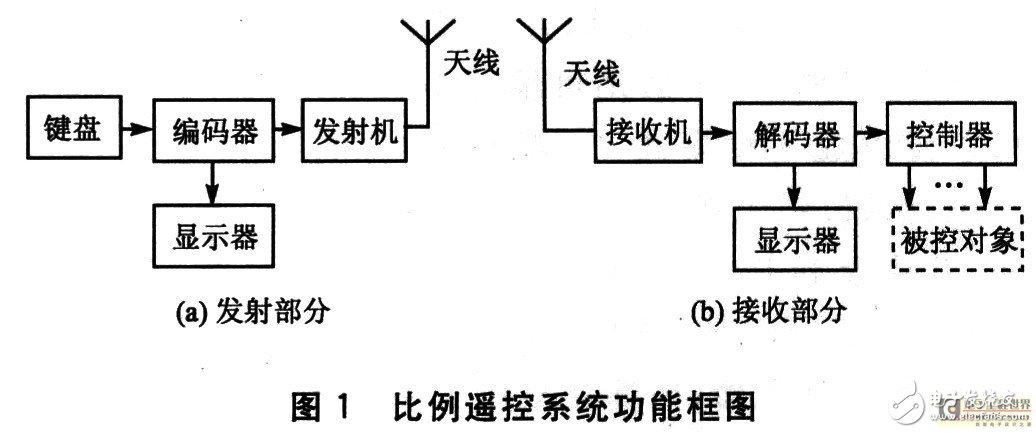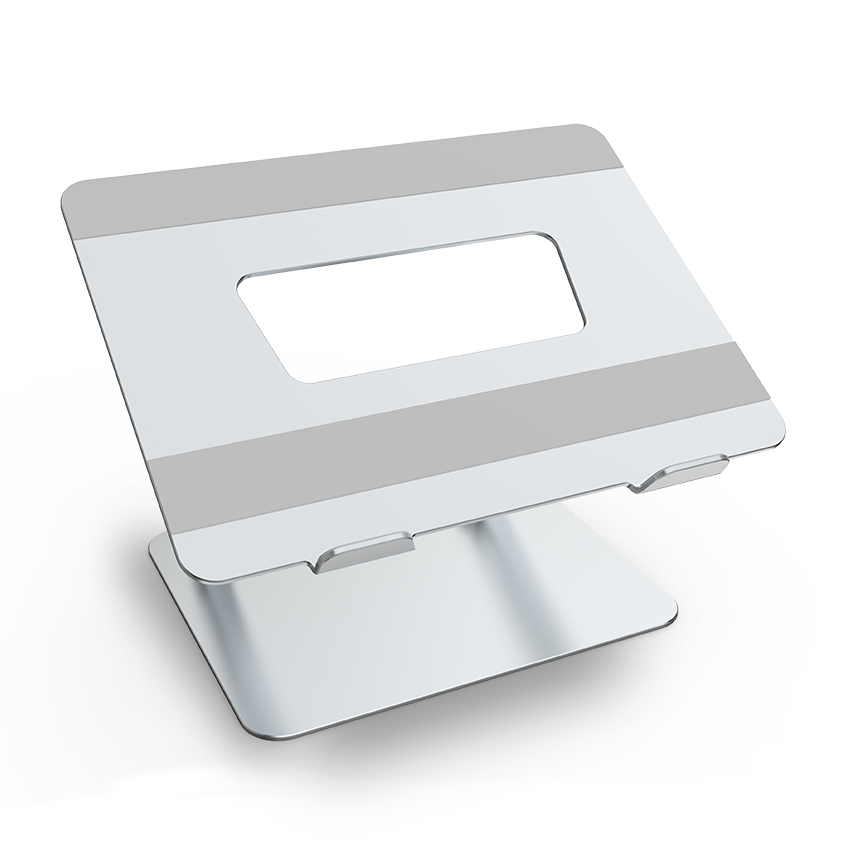Remote control technology, also known as remote control technology, refers to the remote control of controlled targets, and has a wide range of applications in industrial control, household appliances, radio sports, and children's toys. Remote control technology can be divided into single-channel remote control and multi-channel remote control, and can also be divided into switch-type remote control and proportional remote control.
This article mainly introduces the control circuit used in the part of the microcontroller, including the transmitter circuit and the receiver circuit. The transmitter uses the potentiometer voltage division as the proportional control signal, which is converted into a digital signal by the 4-channel A/D circuit. The digital signals of each channel are multi-channel encoded by the single-chip microcomputer together with the two-way switching quantity. The encoded signal is sent by the serial port, and finally The transmitting module transmits. The receiver is mainly responsible for amplifying the received signal and demodulating the encoded signal therefrom, and finally the servo machine converts the electrical signal received by the receiver into a corresponding mechanical action, thereby realizing the direction and speed control.
Appearance, on the remote end of the remote control should have a proportional dial with a knob, the 5 V voltage is evenly divided into 360 °, each small unit of measurement represents a certain voltage value, when the knob is rotated a certain angle, that is, input to Transmitting a certain voltage value of the single-chip microcomputer, at the same time, the transmitting single-chip microcomputer always queries the current speed at a certain time interval and reads it into the internal one of the single-chip microcomputer, and calculates the distance that the model should advance or the current speed according to the calculation formula and according to the The value sets the corresponding initial value of the count/timer, and then the external drive circuit (servo machine) of the system converts the electrical signal received by the receiving single-chip microcomputer into a corresponding mechanical action, that is, advances a certain distance or performs acceleration/deceleration motion; After the overflow generates an interrupt, the external corresponding drive circuit also sends a control signal to control the model almost at the same time to stop any action.
There are many advantages to using a proportional remote. For example: flexible control; the distance of the remote control can be adjusted and the maximum distance adjusted is farther than the general remote control; the speed of the model can be changed according to the user's wishes; the line is simple and the anti-interference ability is strong; the servo mechanism (including the gear box and the servo motor) Simple and so on.
1 Basic principle of proportional remote control equipmentThe functional block diagram of the general proportional remote control system is shown in Figure 1.

In Figure 1(a), the keyboard is used to generate the transmitter control signal; the encoder encodes the control signal; the display displays the controlled object and its controlled state category; and the transmitter converts the manipulation command into a radio signal with control information. This signal is power amplified to meet the transmit power requirements.
In Figure 1(b), the decoder translates the encoded signal into a control signal; the controller controls the controlled object; the receiver receives the radio signal from the transmitter, and amplifies the received signal and demodulates the encoded signal therefrom. It is generally used with the transmitter. Since the receiver is mounted on the model, it should generally be as small as possible, and should also have high sensitivity to receive radio signals transmitted over long distances.
The basic working principle of the remote control device is that the operator turns the command for controlling the model forward, backward, acceleration or deceleration into an electric signal and transmits it into the air through the remote control transmitter (pushing the knob or the rocker on the transmitter); The remote control receiver loaded on the model receives these electrical signals and converts them into corresponding mechanical motions by the servo steering gear, thereby realizing remote control of the model.
Aluminum Laptop Cooling Stand,Aluminum Laptop Stand,Aluminum Laptop Stand 17 Inch,Aluminum Laptop Stand Adjustable,etc.
Shenzhen Chengrong Technology Co.ltd is a high-quality enterprise specializing in metal stamping and CNC production for 12 years. The company mainly aims at the R&D, production and sales of Notebook Laptop Stands and Mobile Phone Stands. From the mold design and processing to machining and product surface oxidation, spraying treatment etc ,integration can fully meet the various processing needs of customers. Have a complete and scientific quality management system, strength and product quality are recognized and trusted by the industry, to meet changing economic and social needs .

Aluminum Laptop Cooling Stand,Aluminum Laptop Stand,Aluminum Laptop Stand 17 Inch,Aluminum Laptop Stand Adjustable
Shenzhen ChengRong Technology Co.,Ltd. , https://www.dglaptopstandsupplier.com